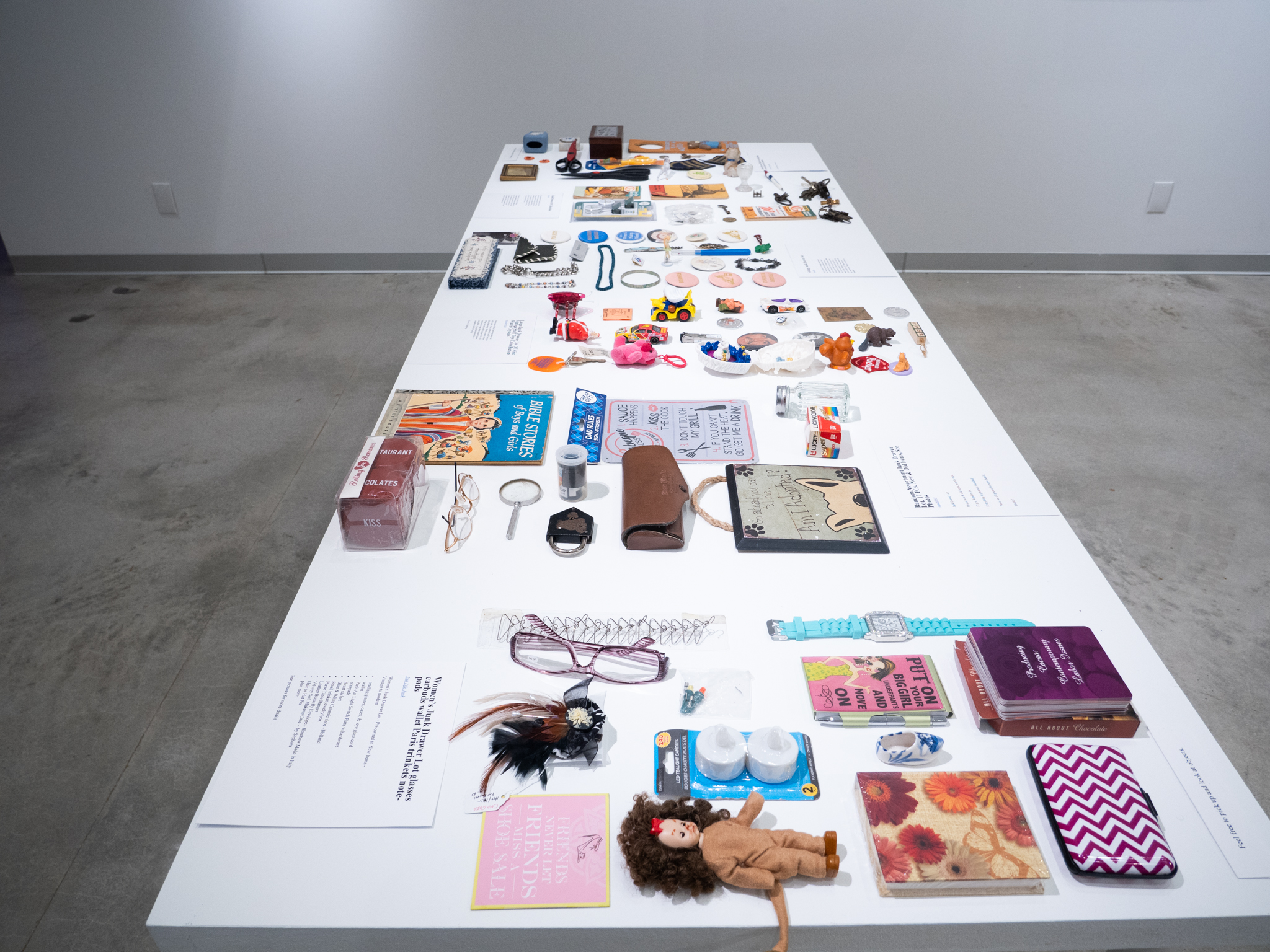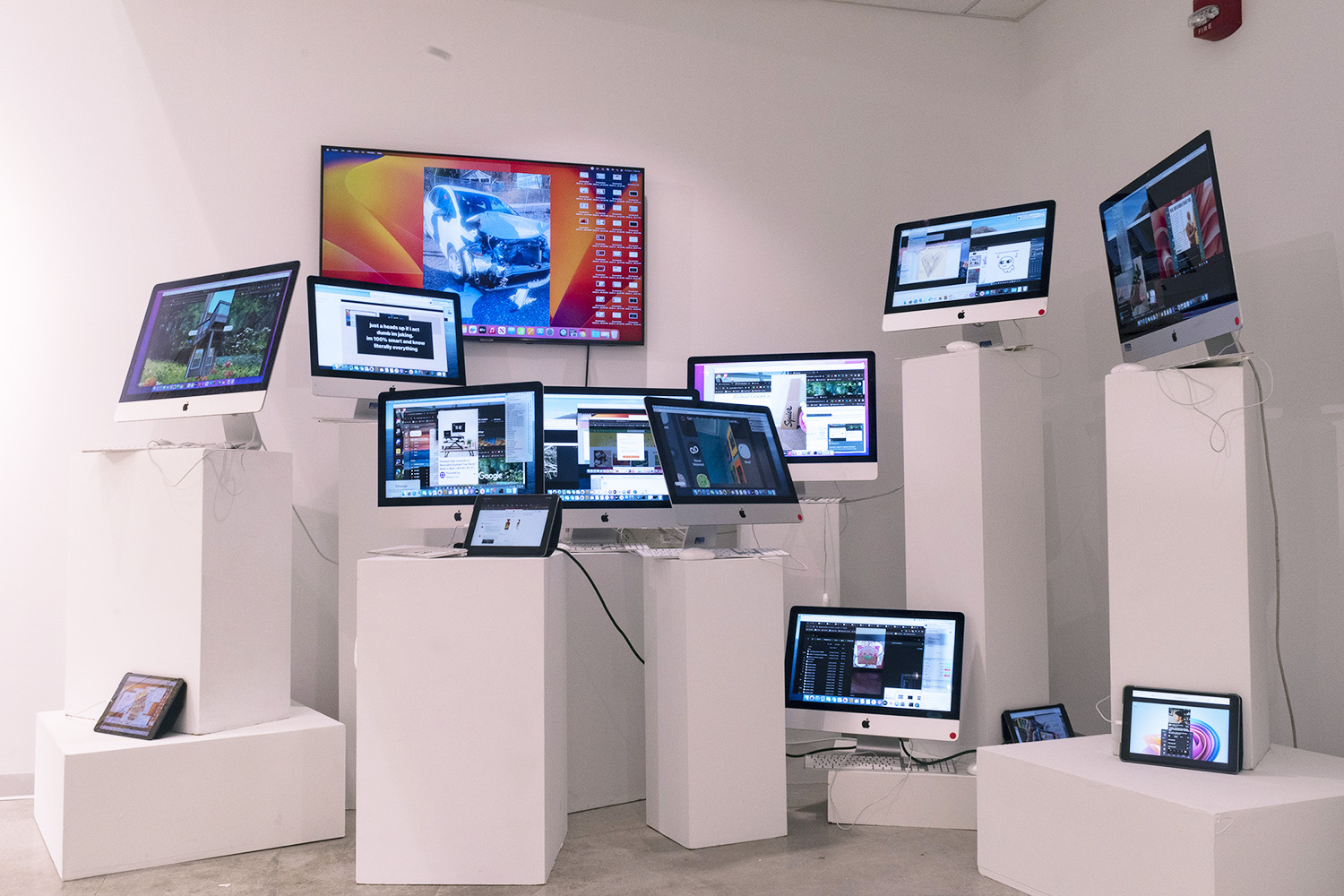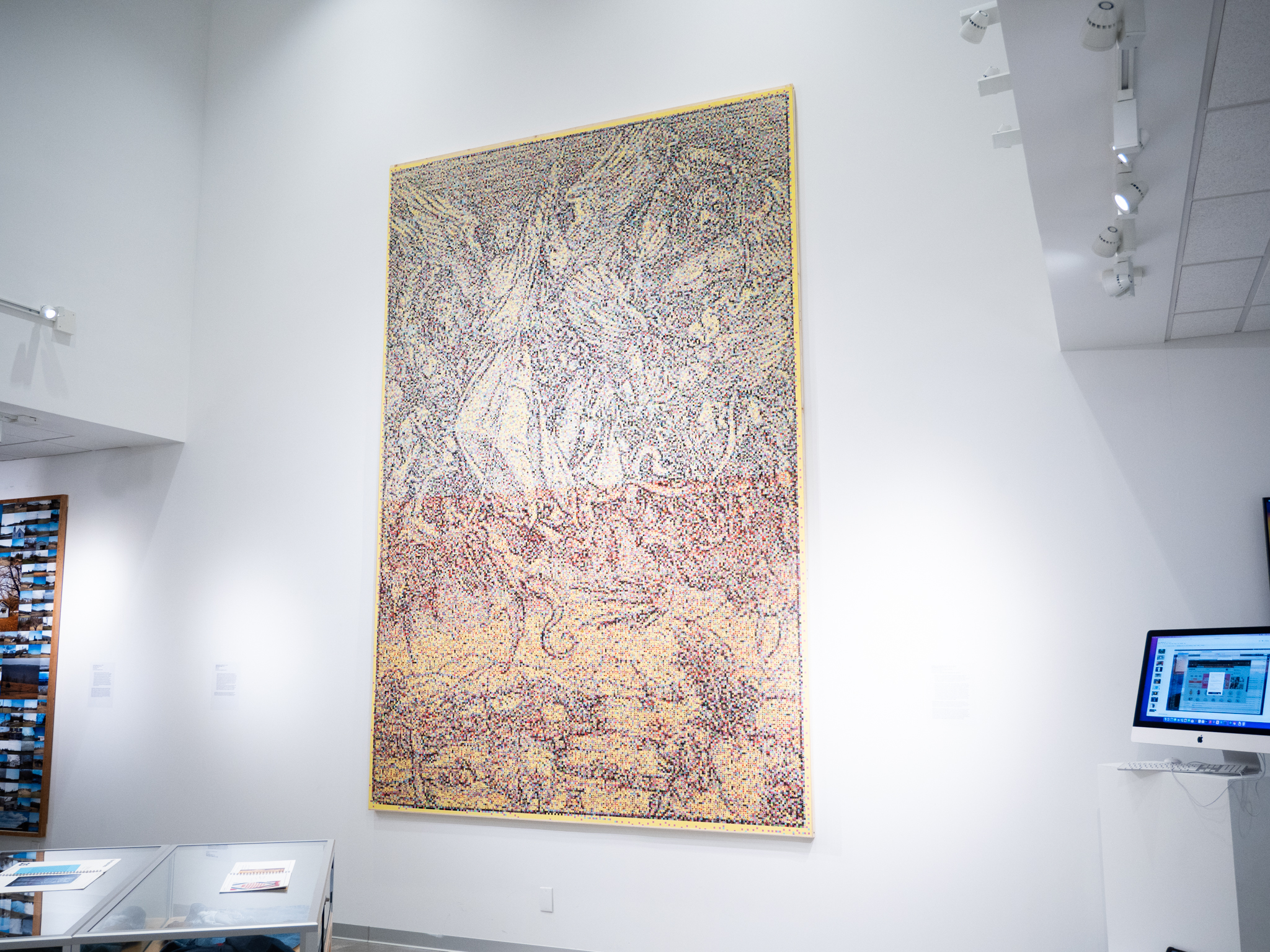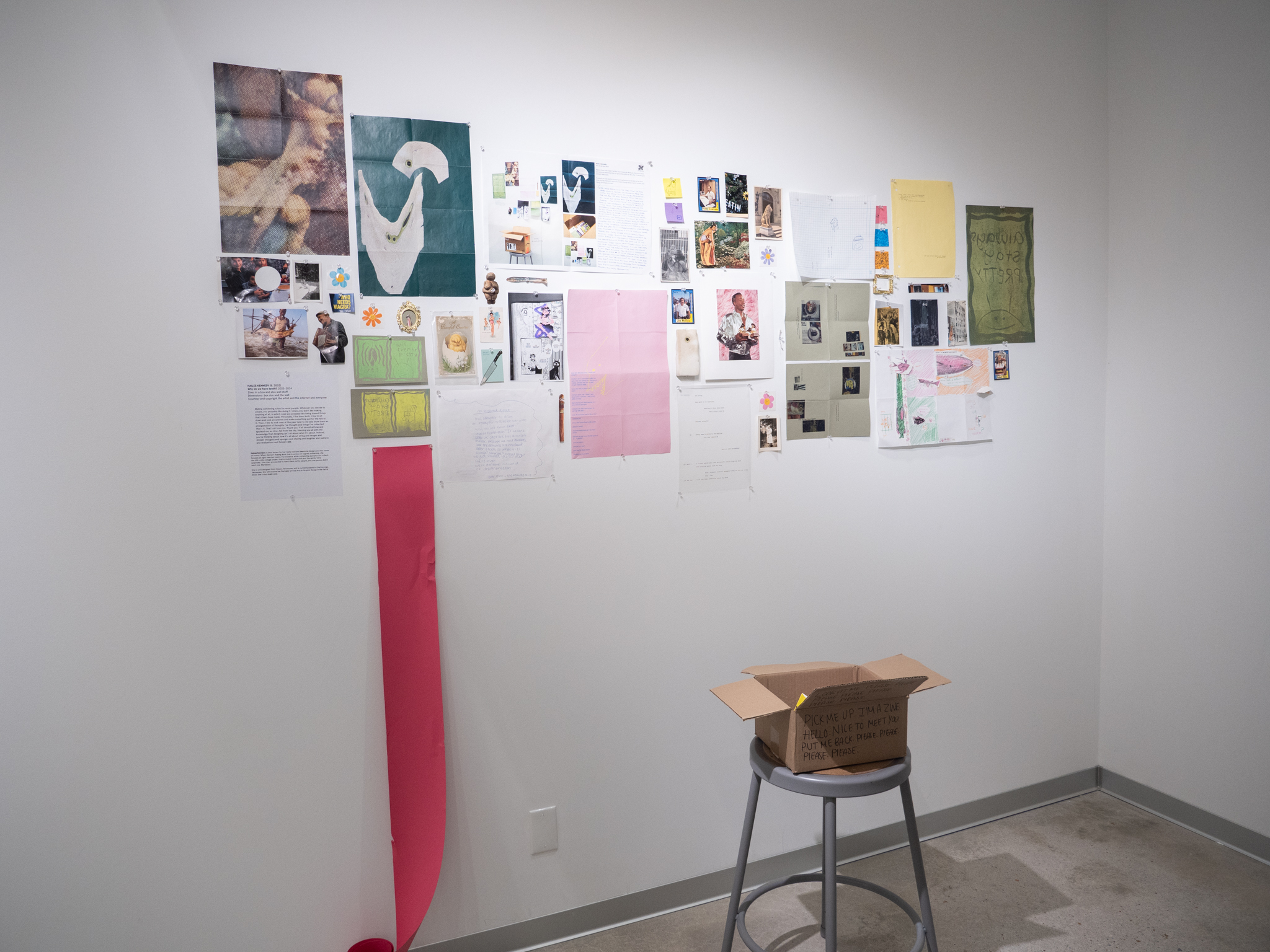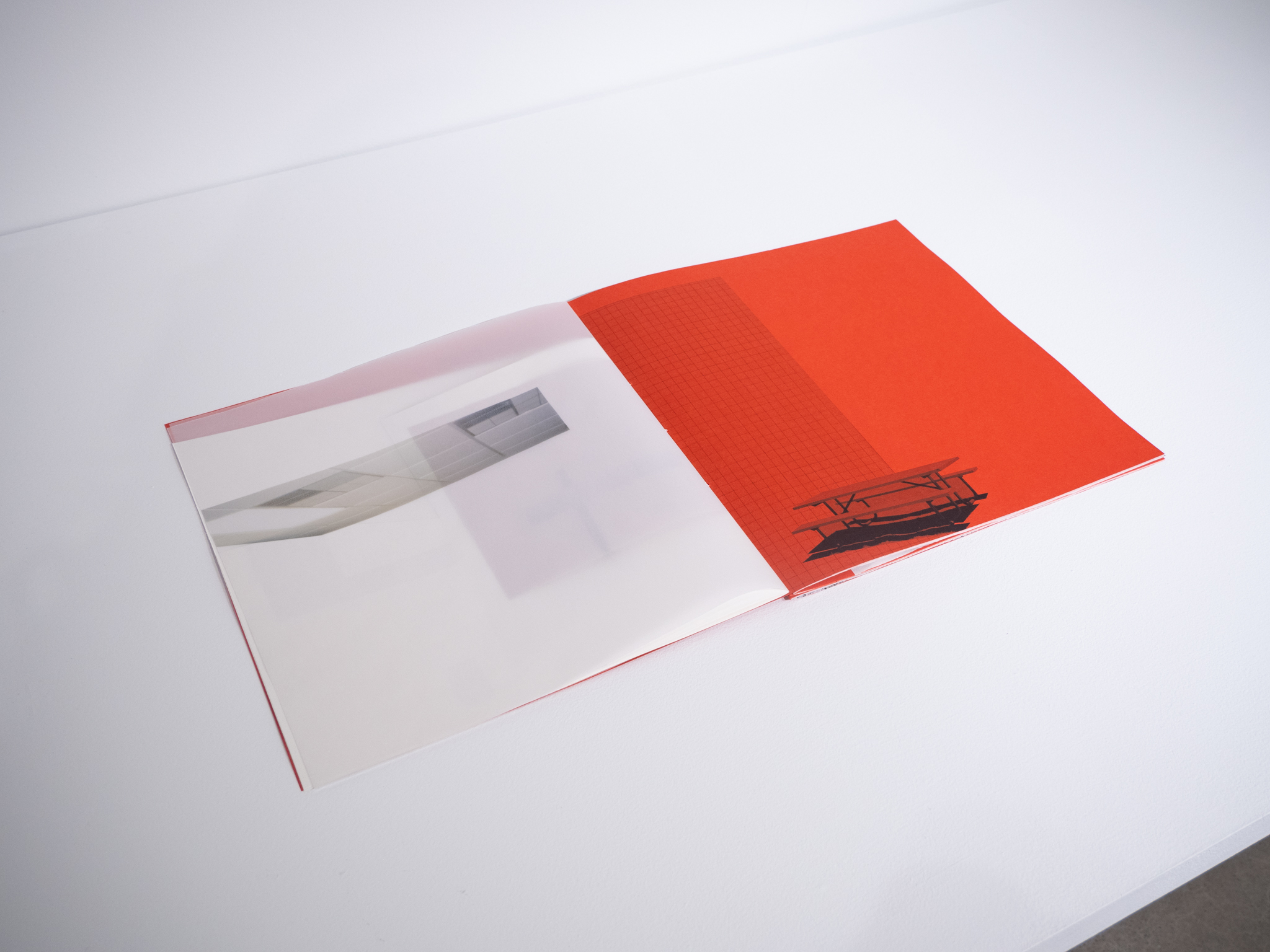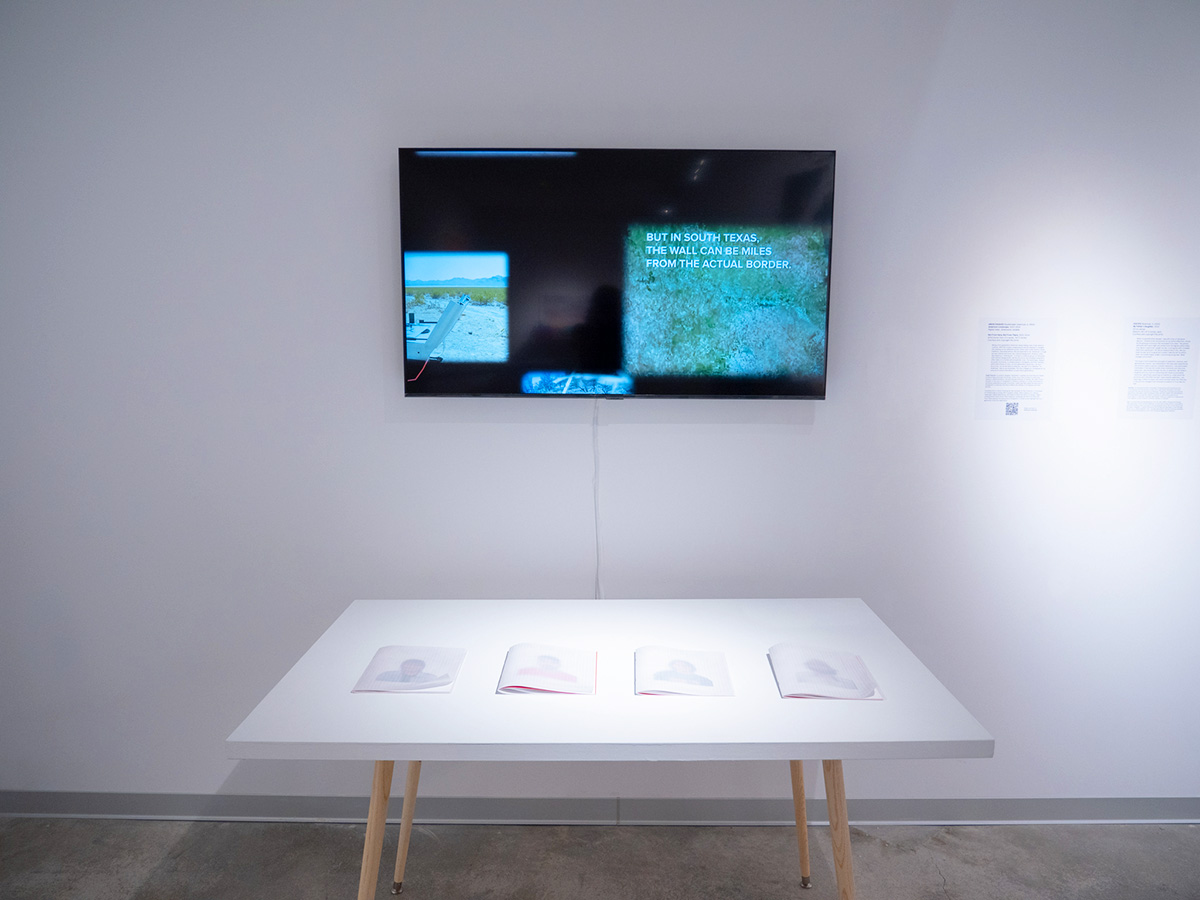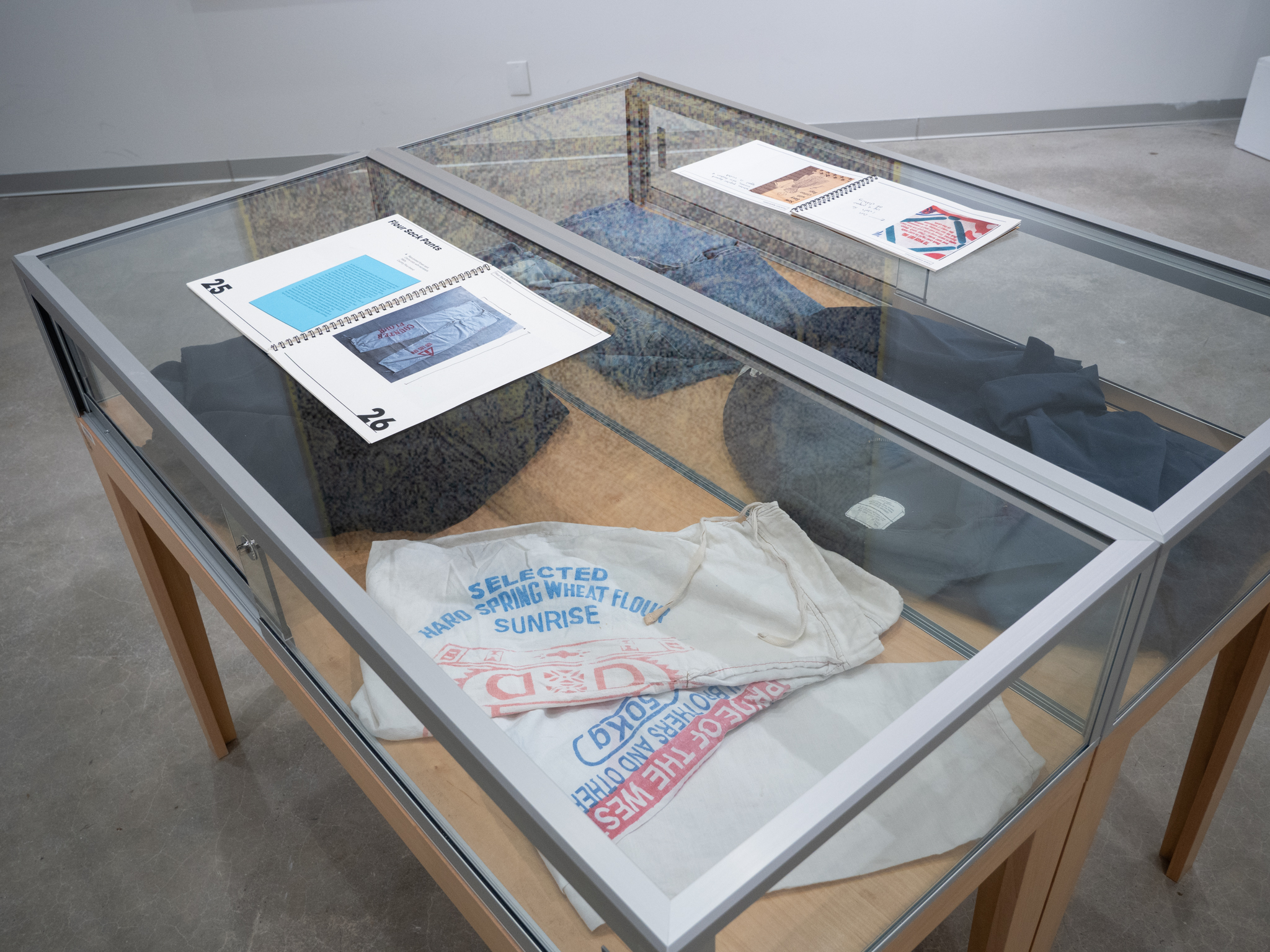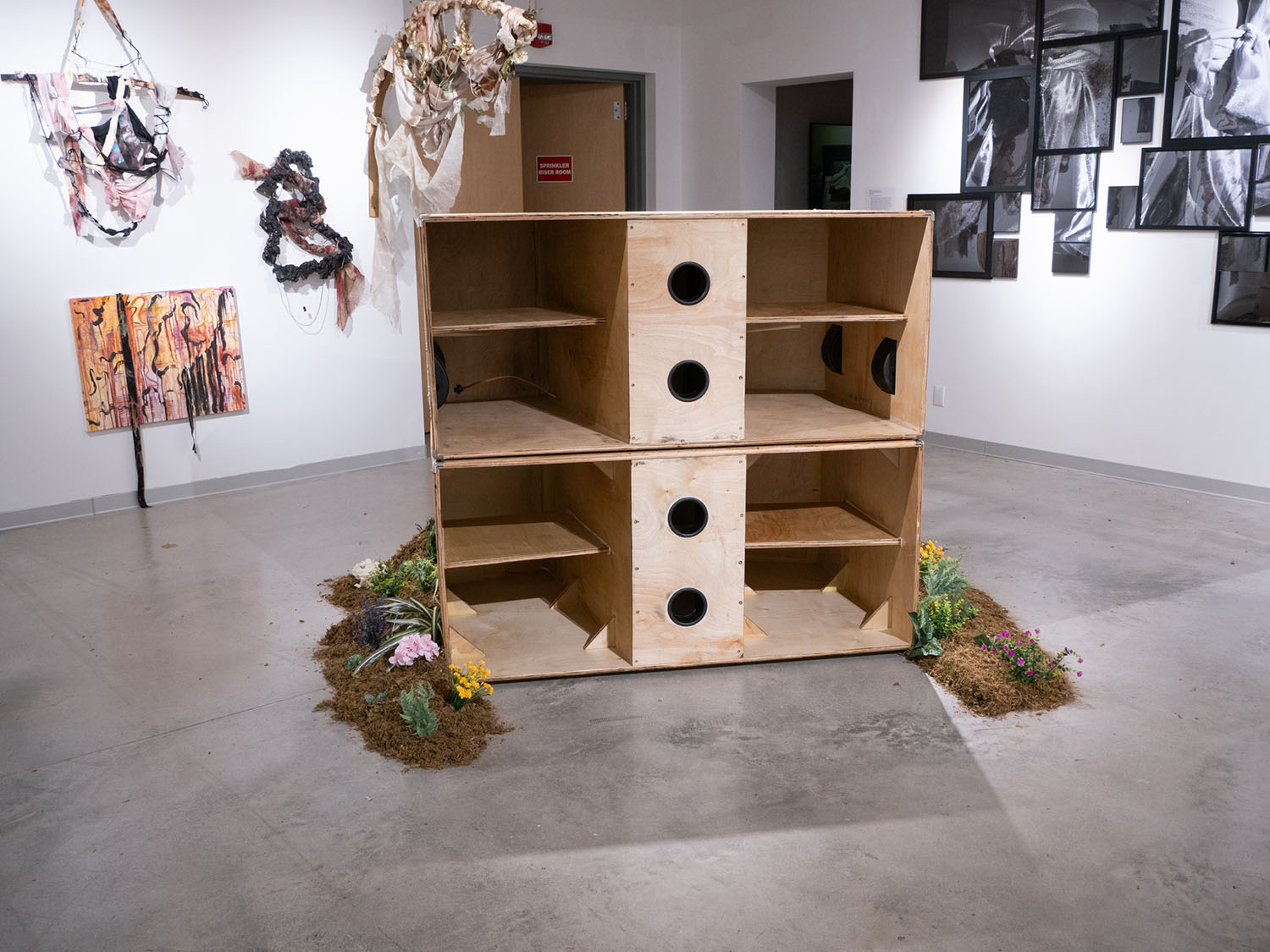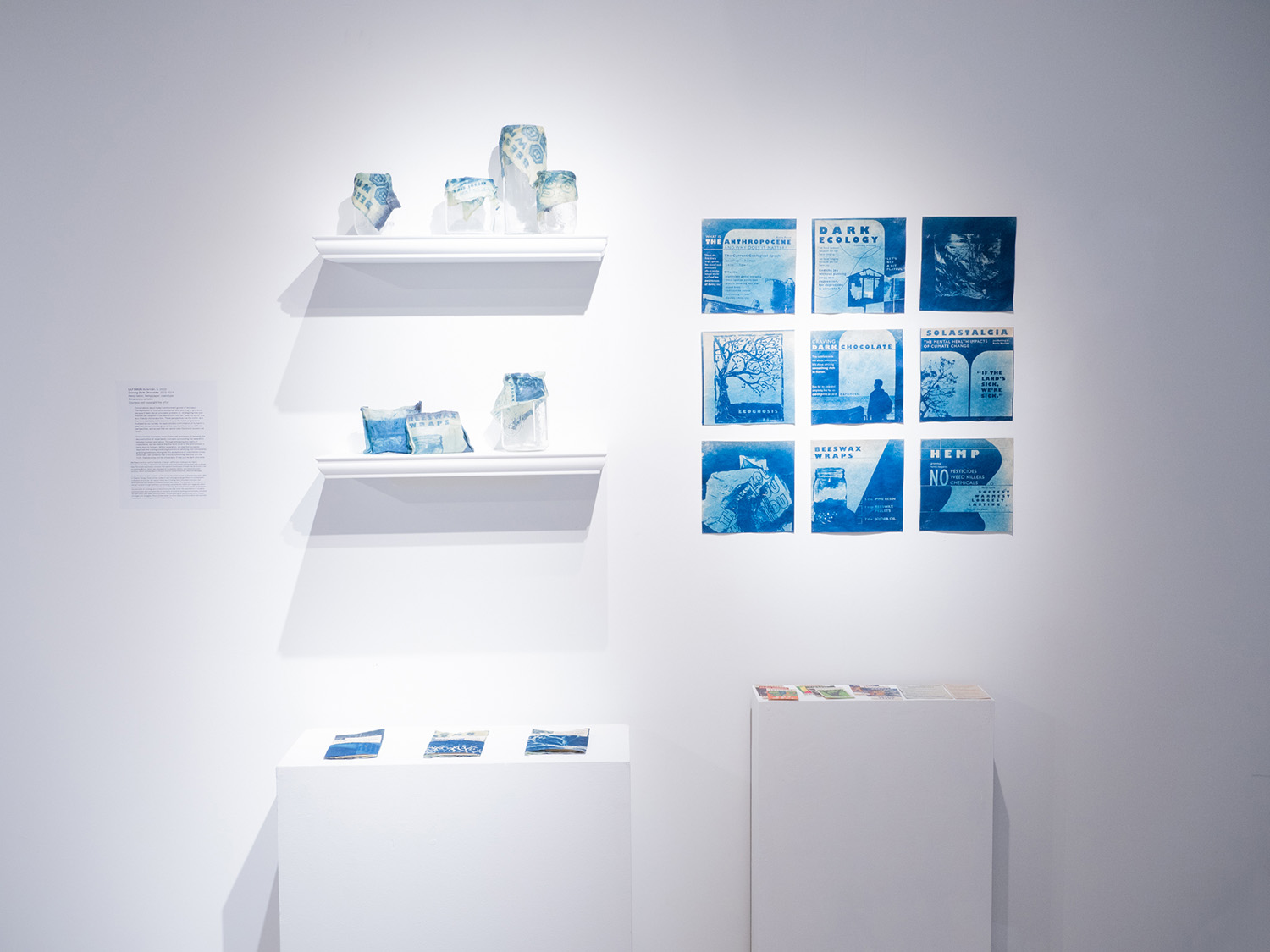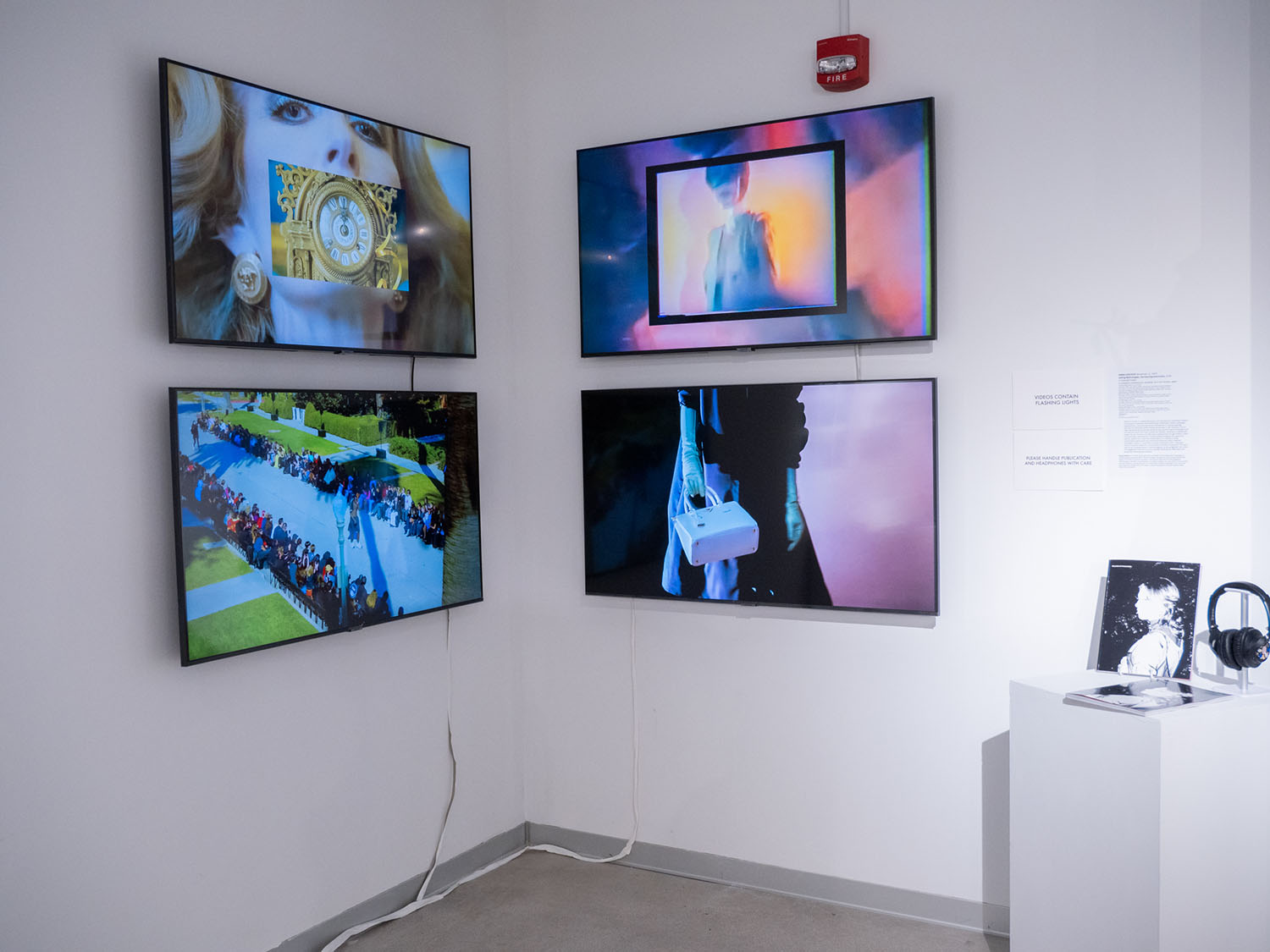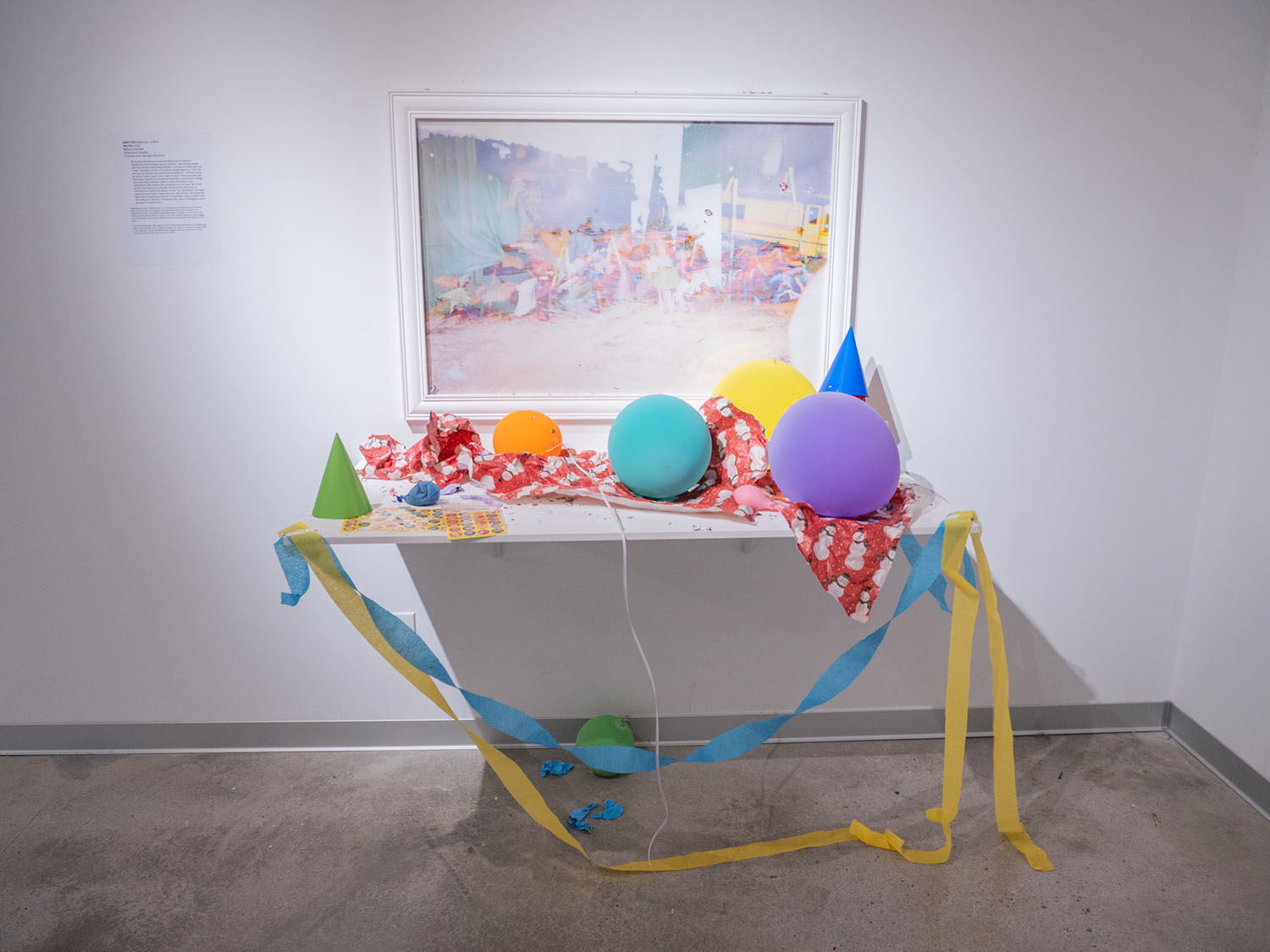Megan Bailey
Junk Drawers
On eBay, hundreds of people sell their old, unwanted items, labeled as “junk drawer lots.” These items were valuable enough to the owner to not throw away, but not deemed worthy enough to keep. Over the years, as these objects have repeatedly changed hands, they start to collect emotional residue. Histories, events, and feelings are all embedded in these items, most of which remain unknown to their new owners. These items may look like trash to outsiders but have gained an immense inherent value, built up over time by those who, at one point, cherished these objects, even if that personal significance has faded. Rusty keys to a home that is no longer theirs, an old camera that once captured the important moments of one's life, or the ashes of a long passed pet; all of these items have been touched by countless hands, all of which have rich and unique lives. We can look at these objects as small windows into the lives of strangers we will never know.
